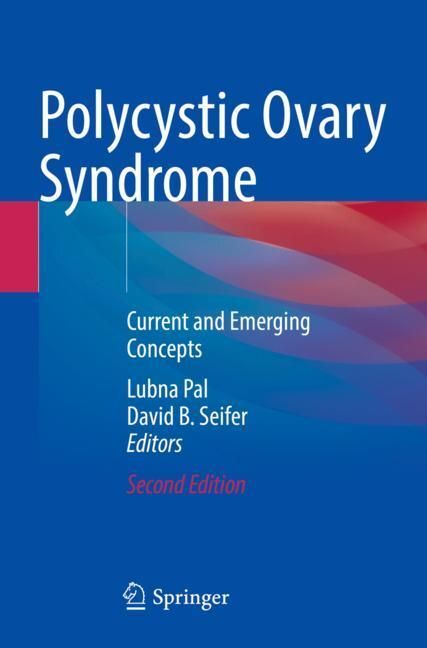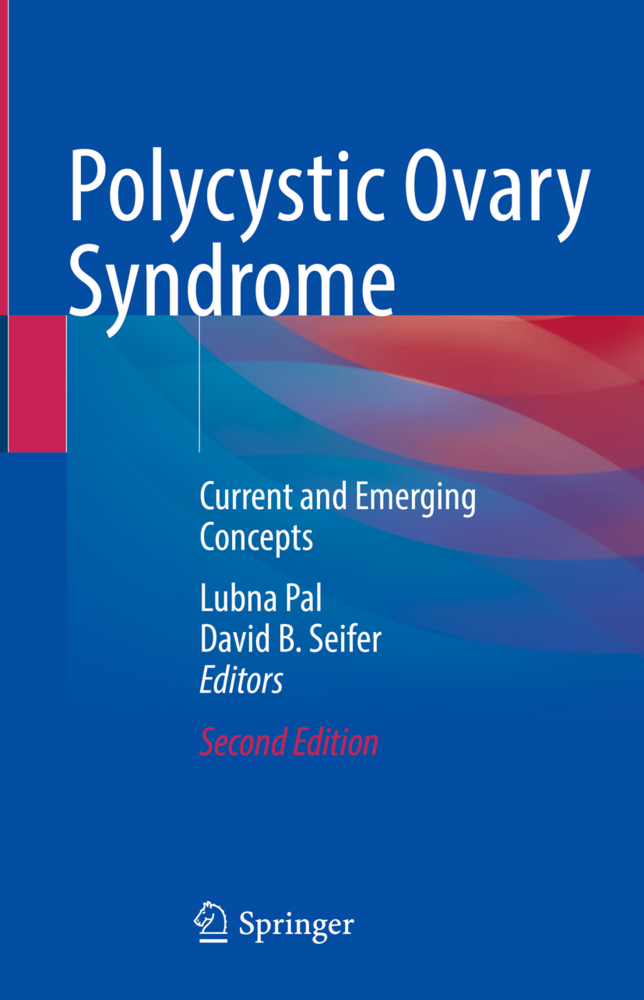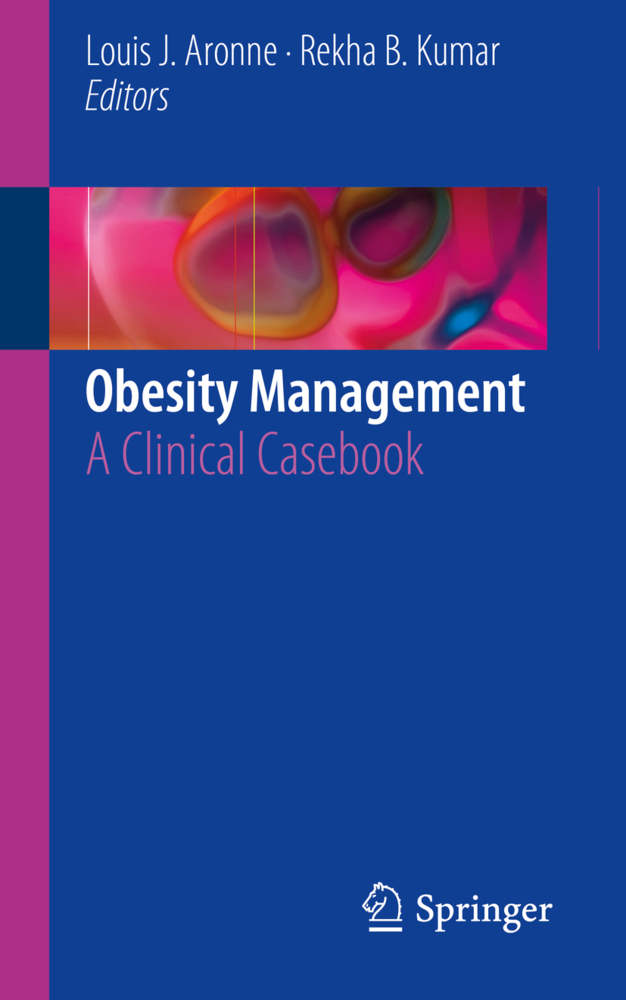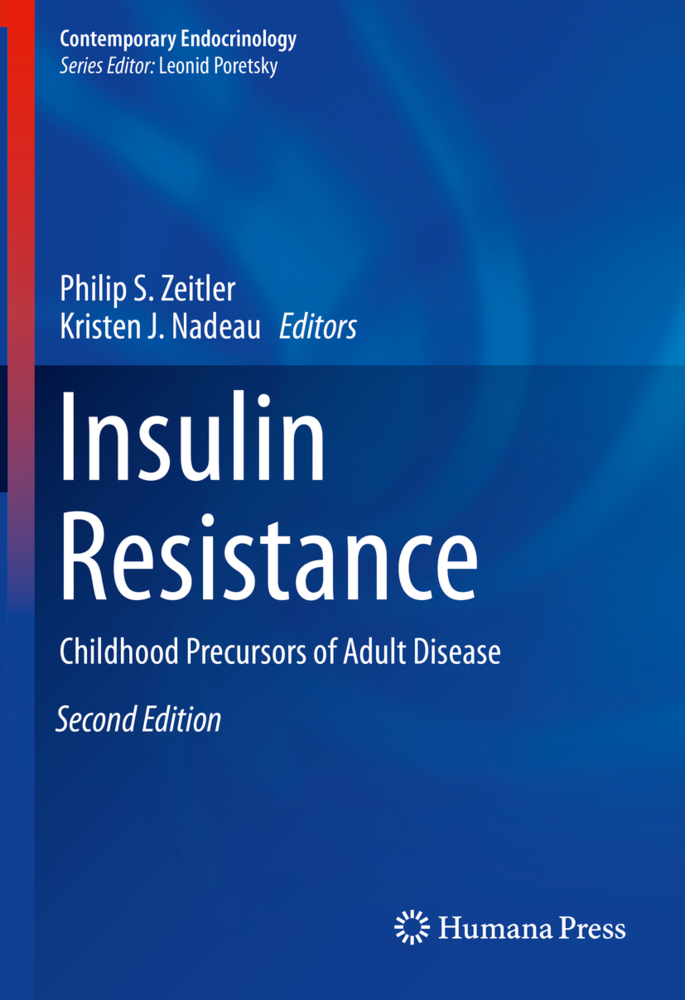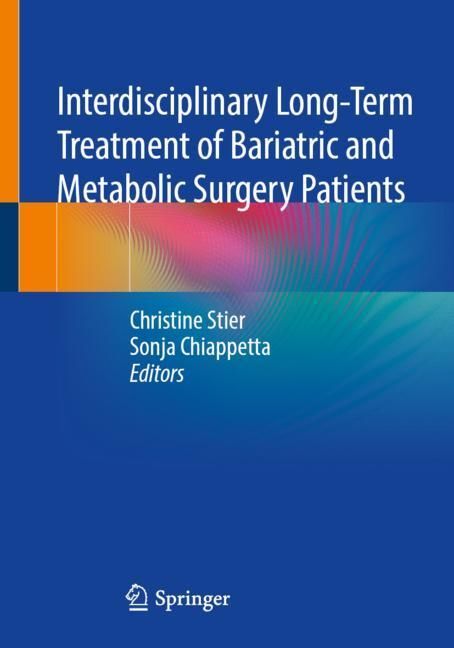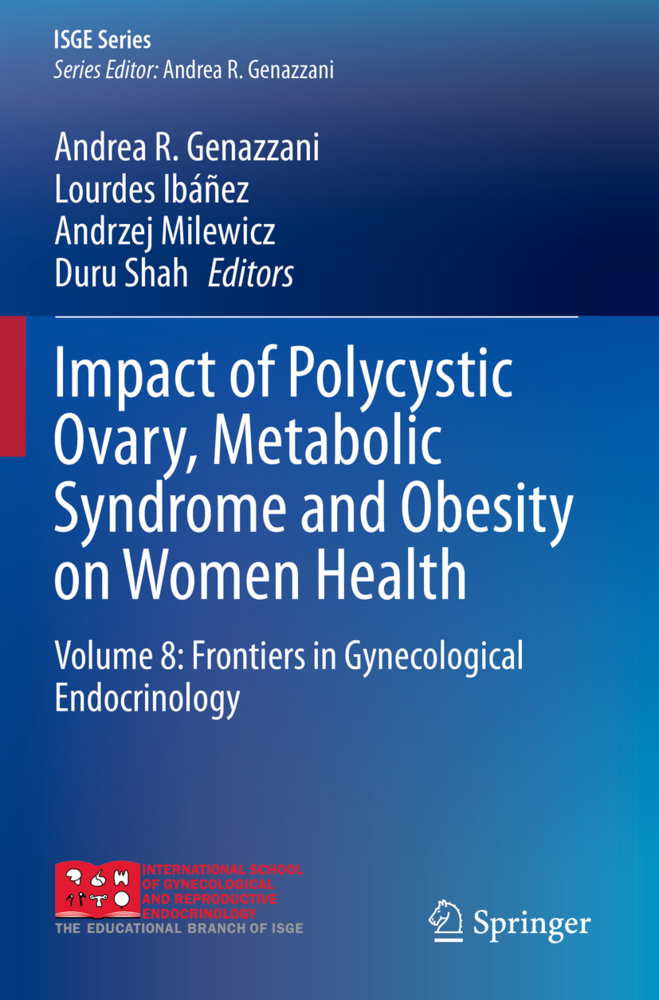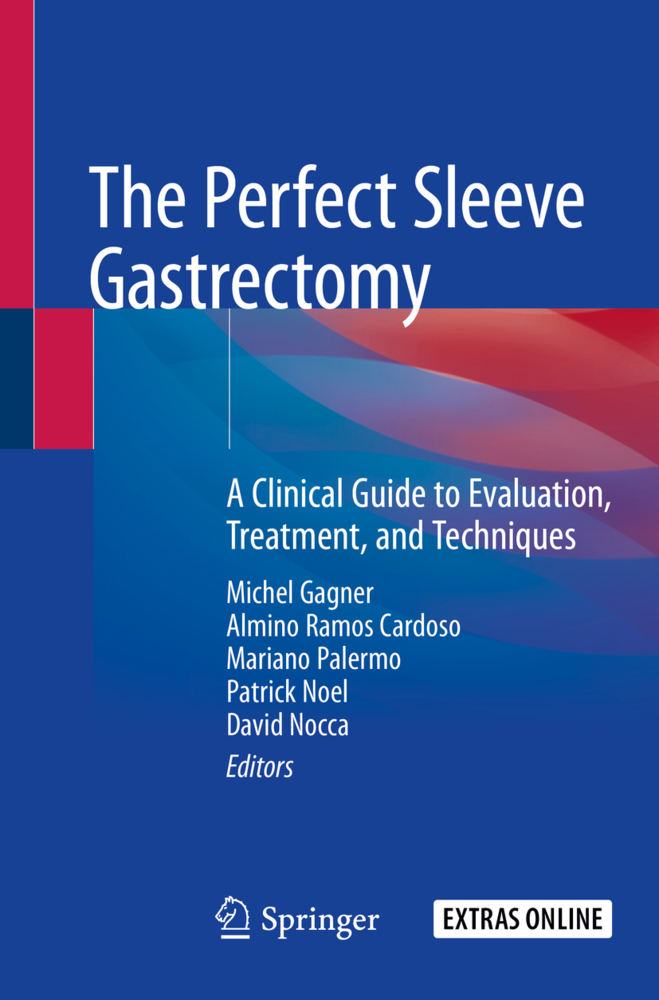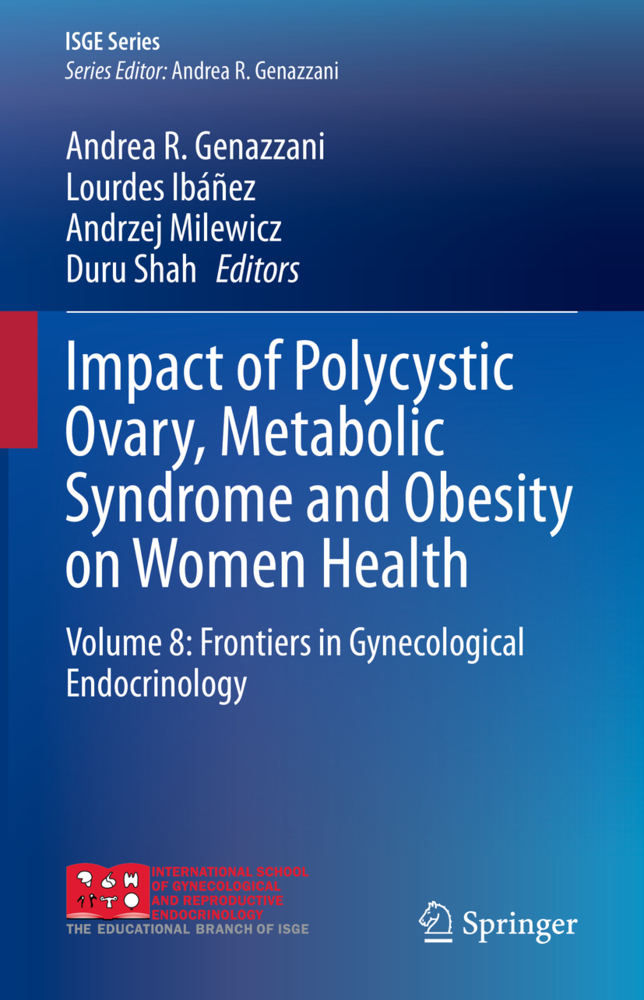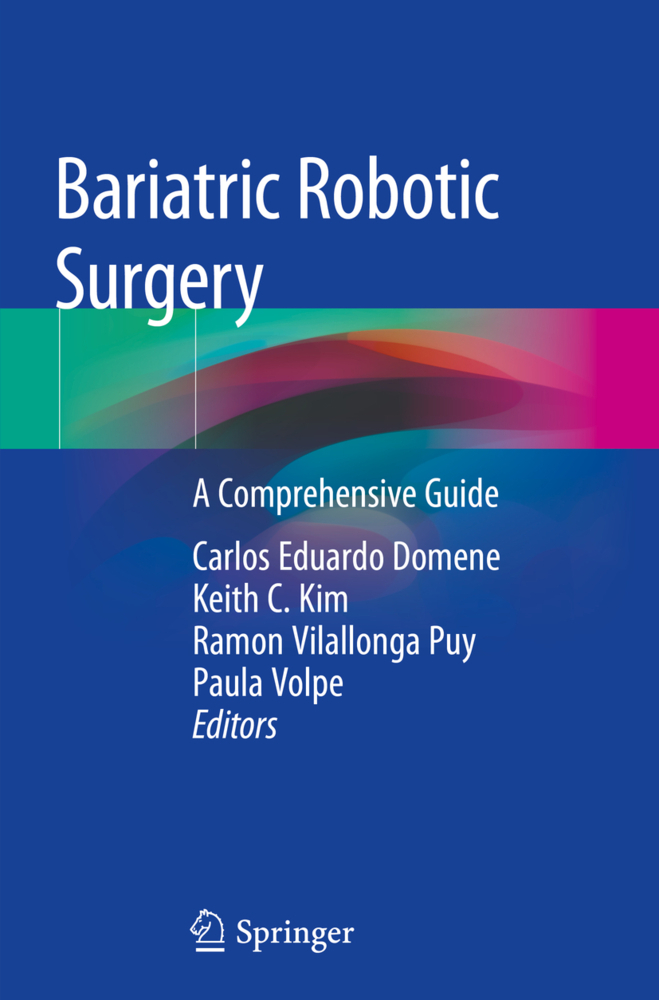Polycystic Ovary Syndrome
Polycystic Ovary Syndrome
Now in a completely newly revised and expanded second edition, this comprehensive text presents the current state of the art in our understanding and management of polycystic ovary syndrome (PCOS), the most common hormonal disorder of reproductive aged women. The numerous bothersome symptoms of PCOS include menstrual irregularities, hirsutism, acne, scalp hair thinning, weigh excess and infertility; additionally, as they age, women with PCOS are at a higher risk for metabolic abnormalities such as diabetes and dyslipidemias, as well as for cardiovascular disease and even certain cancers. Despite improvements in our understanding of this condition, the exact cause/s of PCOS remain elusive; genetic, hormonal, metabolic and environmental underpinnings are all suggested as relevant.
All chapters have been updated, with eight new chapters added across seven thematic sections. Part one discusses the epidemiology of PCOS in both adults and adolescents. Part two covers the pathophysiology of PCOS, including genetics, the hypothalamo-pituitary-ovarian and the hypothalamo-pituitary-adrenal axes, insulin resistance, inflammation, and obesity. The next three sections present the various management strategies, medical and surgical, for harnessing the symptomatology, including PCOS-related infertility; these chapters include added case material to provide real-world examples of the treatments in action and their efficacy. Part six covers the comorbidities that women with PCOS commonly encounter, such as issues of mental health, sleep disturbances, endometrial hyperplasia, and cancer, as well as examines the economic burden of PCOS. The final section discusses emerging concepts surrounding possible mechanisms and potential therapeutic approaches to PCOS, including angiogenic dysfunction, the role of vitamin D, future potential therapies to targeted AMH signaling. The closing chapter, by familiarizing the readers with the intergenerational implications ofPCOS and by raising awareness of potential "ripple effects", aims at alerting the community on a need for vigilance as regards the health of PCOS progeny.
With contributions from leaders in the field, Polycystic Ovary Syndrome, Second Edition remains the gold-standard text on this common medical condition and a valuable resource for the wide range of healthcare professionals engaged in caring for the women with PCOS (including but not limited to reproductive endocrinologists, gynecologists, family physicians, dermatologists, mental health professionals), for the aspiring women's health providers of tomorrow, and for the researchers who are striving to unravel the mysteries of the complex entity that PCOS is.
Part I. Epidemiology of Polycystic Ovary Syndrome
1. Diagnostic Criteria and Epidemiology of PCOS
2. Prevalence, Presentation, and Diagnosis of PCOS in Adolescents
3. Polycystic Ovarian Syndrome: A Diagnosis of Exclusion
Part II. Pathophysiology, Endocrine and Metabolic Milieus of Polycystic Ovary Syndrome
4. Recent Advances in the Genetics of Polycystic Ovary Syndrome
5. The Hypothalamo-Pituitary Axis in PCOS
6. Ovarian Dysfunction in Polycystic Ovary Syndrome (PCOS)
7. The Role of the Adrenal Glands in the Hyperandrogenism associated with the Polycystic Ovarian Syndrome
8. Insulin Resistance and Lipotoxicity in PCOS: Causes and Consequences
9. Obesity, Dysmetabolic and Proinflammatory Milieu of Polycystic Ovary Syndrome
Part III. Management of Polycystic Ovary Syndrome
10. Managing PCOS in the Adolescent
11. Managing the PCOS-Related Symptoms of Hirsutism, Acne, and Female Pattern Hair Loss
12. Role of Insulin-Sensitizing Drugs in PCOS Management
13. Role of Statins & Resveratrol in PCOS Management
14. Role of Lifestyle, Diet and Exercise in the Management of Polycystic Ovarian Syndrome
Part IV. Management of Polycytic Ovary Syndrome Related Infertility
15. Managing PCOS-Related Infertility: Ovulation Induction, In Vitro Fertilization, and In Vitro Maturation
16. Considerations and Challenges for Pregnancy in Polycystic Ovary Syndrome
Part V. The Role of Surgery in the Management of Polycystic Ovary Syndrome
17. Rationale and considerations for Bariatric Surgery
18. Surgical Management of Polycystic Ovary Syndrome: A Contemporary Viewpoint on Place of Ovarian Surgery in PCOS Management
Part VI. Health Risks and Burden of Polycystic Ovary Syndrome
19. PCOS and its Association with Mental Health
20. Obstructive Sleep Apnea in Polycystic Ovary Syndrome
21. Endometrial cancer and pre-cancer in polycystic ovary syndrome
22. Economic Burden of Polycystic Ovary Syndrome
PartVII. Emerging Concepts in Polycystic Ovary Syndrome
23. The Role of Angiogenic Factor Dysregulation in the Pathogenesis of Polycystic Ovarian Syndrome
24. Emerging Concepts: Role of Vitamin D Deficiency in the Pathogenesis of PCOS
25. Anti-Mullerian Hormone Signaling - relevance for pathophysiology of PCOS & implications for novel therapeutic approaches to managing ovulatory dysfunction of PCOS
26. Newer Glucose Lowering Medications and Potential Role in Metabolic Management of PCOS
27. Intergenerational Implications of PCOS.
| ISBN | 978-3-030-92591-8 |
|---|---|
| Artikelnummer | 9783030925918 |
| Medientyp | Buch |
| Auflage | 2. Aufl. |
| Copyrightjahr | 2023 |
| Verlag | Springer, Berlin |
| Umfang | XVIII, 587 Seiten |
| Abbildungen | XVIII, 587 p. 46 illus., 36 illus. in color. |
| Sprache | Englisch |

